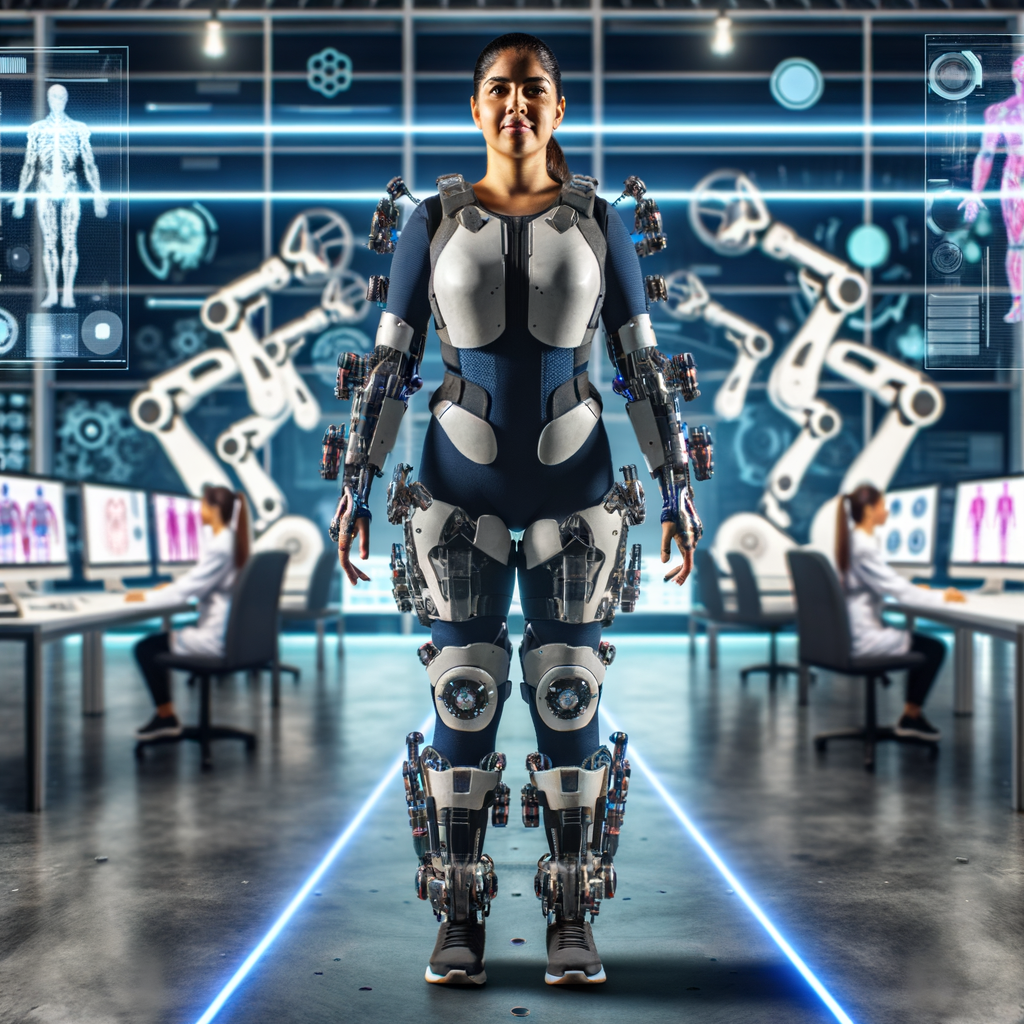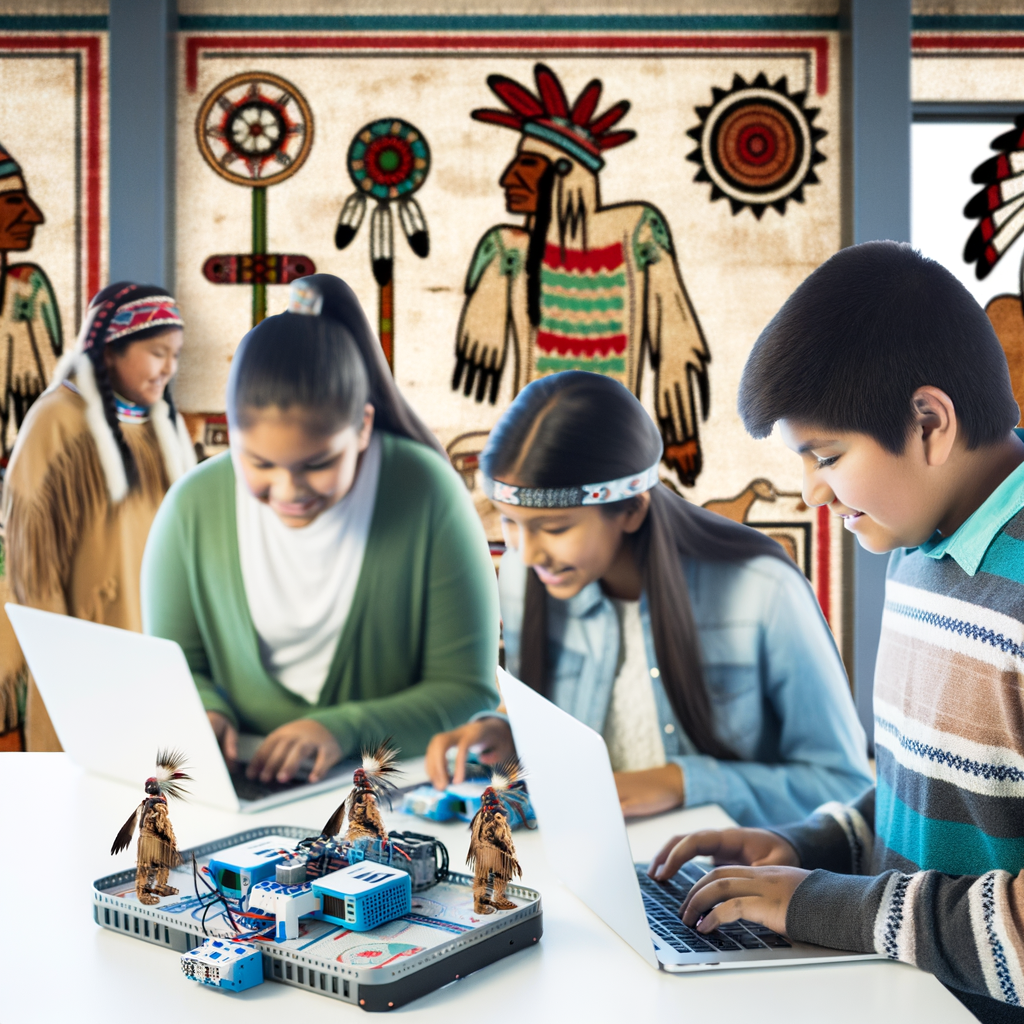Robotic Exosuit Boosts Spine
Imagine a future where heavy lifting is no longer synonymous with workplace injuries, where straining your back to lift a box is a thing of the past. That vision is inching closer to reality with the development of the cutting-edge robotic exosuit from the University of Alabama’s Robotics and Rehabilitation Laboratory.
In a world that continues to seek safer work environments, this high-tech exosuit promises not just to protect, but to ”boost the spine”—giving extra support to workers, reducing the risk of injuries, and enhancing overall performance. What does this mean for industries that rely heavily on manual labor, and how revolutionary is this technology? Let’s dive in.
Tackling a Pressing Problem: The Pandemic of Back Injuries
Back pain is no small issue. From warehouse workers to caregivers, millions of people face the chronic burden of back injuries every year. In fact, back pain is one of the leading causes of disability worldwide.
For workers in physically demanding roles, lifting and bending throughout the day pushes their spines to the limit, resulting in serious wear and tear. This results not just in personal health repercussions but also billions in lost productivity and healthcare costs. The question isn’t just how employers can help workers avoid injuries—it’s how technology can tackle the problem head-on.
Enter the robotic exosuit.
The Exosuit in Action: Lightweight Support & Flexibility
At first glance, you might imagine a bulky, superhero-like contraption, but the UA Robotics Lab’s exosuit is anything but clunky. Remarkably lightweight and engineered with flexibility in mind, this suit offers subtle, yet powerful mechanical assistive support. Think of it like a second skin, designed to gently align and support your spine when you need it most.
The innovation of the suit lies in its ability to redistribute the weight of heavy loads, helping users maintain proper posture and balance. Unlike traditional braces or exoskeletons, which may restrict movement or be cumbersome, this marvel of engineering moves naturally with its wearer—offering precision support without being intrusive.
The suit is also customizable. By adjusting to fit different body types and interaction levels in diverse work environments, it’s designed to provide enhanced spinal safety across industries. It’s a perfect marriage of precision robotics, biomechanics, and user comfort coming to life for real-world applications.
Durable and Dynamic: Perfect for a Range of Industries
One of the exosuit’s strongest selling points is its versatility. Whether you’re working in manufacturing, logistics, caregiving, or even construction, this device adapts seamlessly to the task at hand.
Industries poised to leverage this technology include:
The UA exosuit’s adaptability not only reduces the strain on workers but does so without sacrificing their mobility or efficiency—a key factor necessary for adoption in fast-moving workspaces.
Redefining Human Potential: The Exosuit’s Broader Impacts
There’s something poetic about an exosuit giving humans the ability to push their limits while reinforcing their most delicate parts. This technology doesn’t just reduce injuries—it transforms what we think is physically possible in labor-intensive industries.
For scientists and engineers behind the project, the long-term potential could expand beyond work environments. Imagine seniors having the help they need to stay more independent or improving the quality of life for individuals with spinal disorders. The exosuit has the power to enhance everyday life for millions.
Moreover, beyond caring for the spine, this technology could lead the way for more niche exoskeleton applications like leg support, mobility aids, or even combat gear for soldiers. This brilliant blend of human ingenuity and robotic innovation could truly be a leap forward for wearable tech.
Looking Forward: Revolutionizing Labor Through Robotics
While the University of Alabama’s Robotics Lab is still refining its exosuit for wide-scale industrial use, its potential offers a glimpse of what’s to come in the age of robotics-assisted human labor. As more companies embrace new health and safety standards, it’s only a matter of time before such technology becomes a workplace necessity.
The best news? This isn’t a far-off dream or some unattainable tech experiment that requires major capital investment. It’s on the horizon, and accessible solutions like the Robotics Lab’s exosuit demonstrate that ergonomic, safe, and efficient workplaces are not just a vision—they’re about to become our reality.
In an era where the body has long been the weak link in workforce efficiency, this robotic revolution ensures that the human spine gets the support it needs to keep us moving forward—stronger, better, and, most importantly, injury-free.
—
As the age-old proverb says, ”work smarter, not harder”—and thanks to this breakthrough from the University of Alabama’s Robotics Lab, we could soon be doing just that quite literally, with a boost for our backs and a brighter, safer future.


